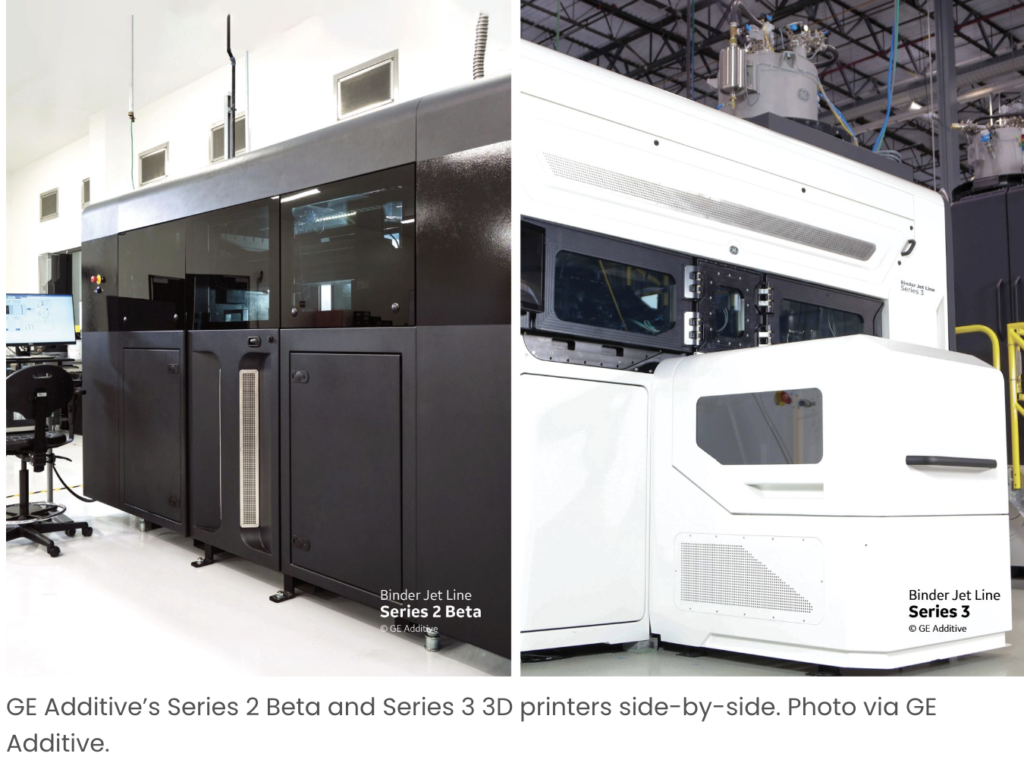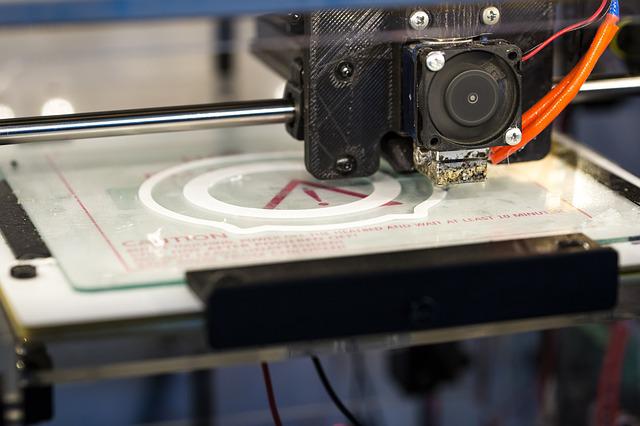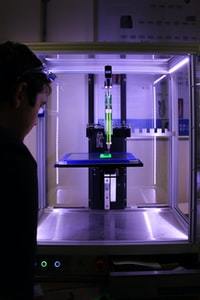3D Printing is a great way to create prototypes, models, and even toys. It is a fast, affordable, and easy-to-use technology that can be used to create almost anything you can imagine. In this article, we will discuss the basics of 3D Printing and provide you with some tips on how to get started.

3D printing is also known as additive manufacturing.
An additive process is the opposite of a subtractive process, such as machining or carving, where an object is created by removing material. In 3D printing, an object is created by adding material layer by layer until the entire object is created. The additive process of 3D printing was originally developed in the 1980s using metal powders. The process was generally referred to as powder bed fusion.

What is 3D Printing?
3D Printing is a process of creating three-dimensional objects from a digital file. The process starts with a 3D model of the object, which is then sliced into thin layers. These layers are then printed one at a time using a variety of materials, including plastic, metal, and ceramic.

3D Printing: How It Works
3D printing is a process of making three-dimensional solid objects from a digital file. The creation of a 3D-printed object is achieved using additive processes. In an additive process, an object is created by successively adding material until the object is created. Each layer of material is added based on a cross-sectional profile of the final object.
Types of 3D Printers
There are two main types of 3D printers: fused deposition modeling (FDM) and stereolithography (SLA). FDM printers use a heated nozzle to melt plastic filament, which is then deposited layer by layer to create the object. SLA printers use a laser to cure liquid resin, which is then hardened layer by layer to create the object.
3D Printer Technologies: FDM vs SLA
3D printing technology has come a long way in recent years, and there are now two main types of 3D printers: FDM and SLA. Both have their own advantages and disadvantages, so it’s important to choose the right one for your needs. In this blog post, we’ll be comparing FDM and SLA 3D printers, so you can make an informed decision about which is right for you.
Benefits of 3D Printing
There are many benefits to using 3D Printing, including:
- Fast: 3D Printing is a fast process, which means that you can get your prototype or model quickly.
- Affordable: 3D Printing is an affordable option, especially when compared to traditional manufacturing methods.
- Easy to use: 3D Printing is easy to use, even if you have no prior experience.
- Versatile: 3D Printing can be used to create almost anything you can imagine, from prototypes to models to toys.
Getting Started with 3D Printing
If you are interested in getting started with 3D Printing, there are a few things you will need.
- A 3D printer: You can purchase a 3D printer online or from a local retailer.
- Filament or resin: The type of material you need will depend on the type of 3D printer you have.
- A 3D modeling software: This software will allow you to create the digital files for your 3D prints.
3D Printing: The Perfect Technology for Beginners and Experts Alike
3D printing is a technology that has revolutionized manufacturing and design. It is a process of making three-dimensional solid objects from a digital file. 3D printing is the perfect technology for beginners and experts alike because it is easy to use and has a wide range of applications.
Conclusion,
3D Printing is a great technology that can be used to create almost anything you can imagine. It is a fast, affordable, and easy-to-use technology that is perfect for beginners and experts alike.
If you are interested in getting started with 3D Printing, I encourage you to do some research and learn more about this amazing technology.
Thanks,
Bullwinkle



